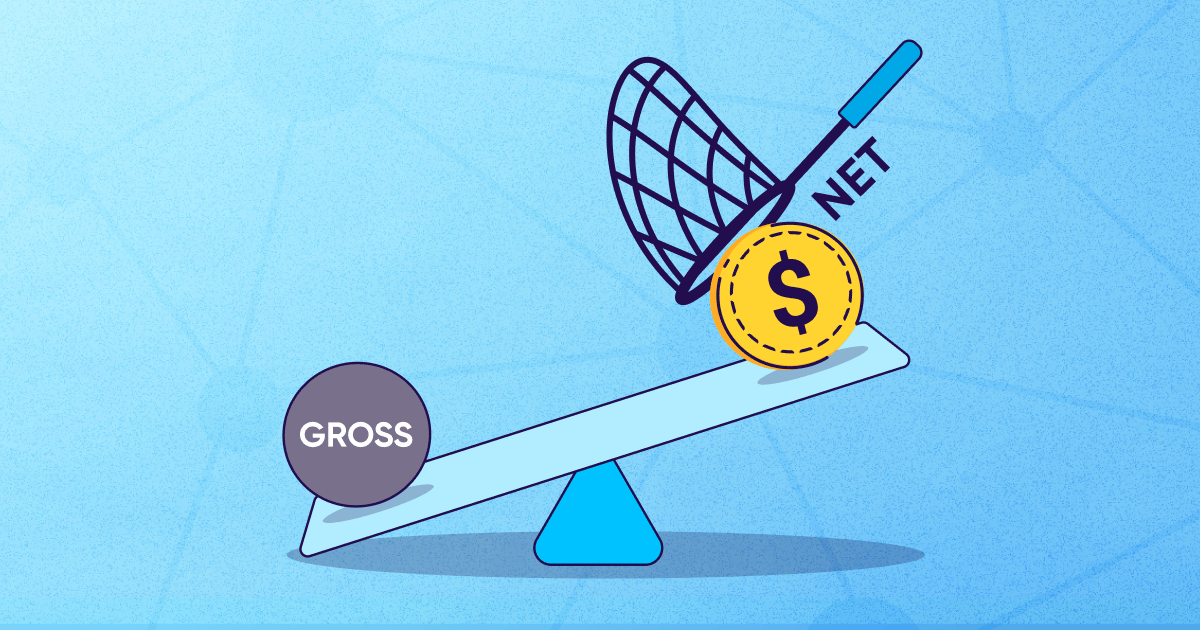
Measuring app campaigns on Meta (Facebook): Every change you need to know in 2022
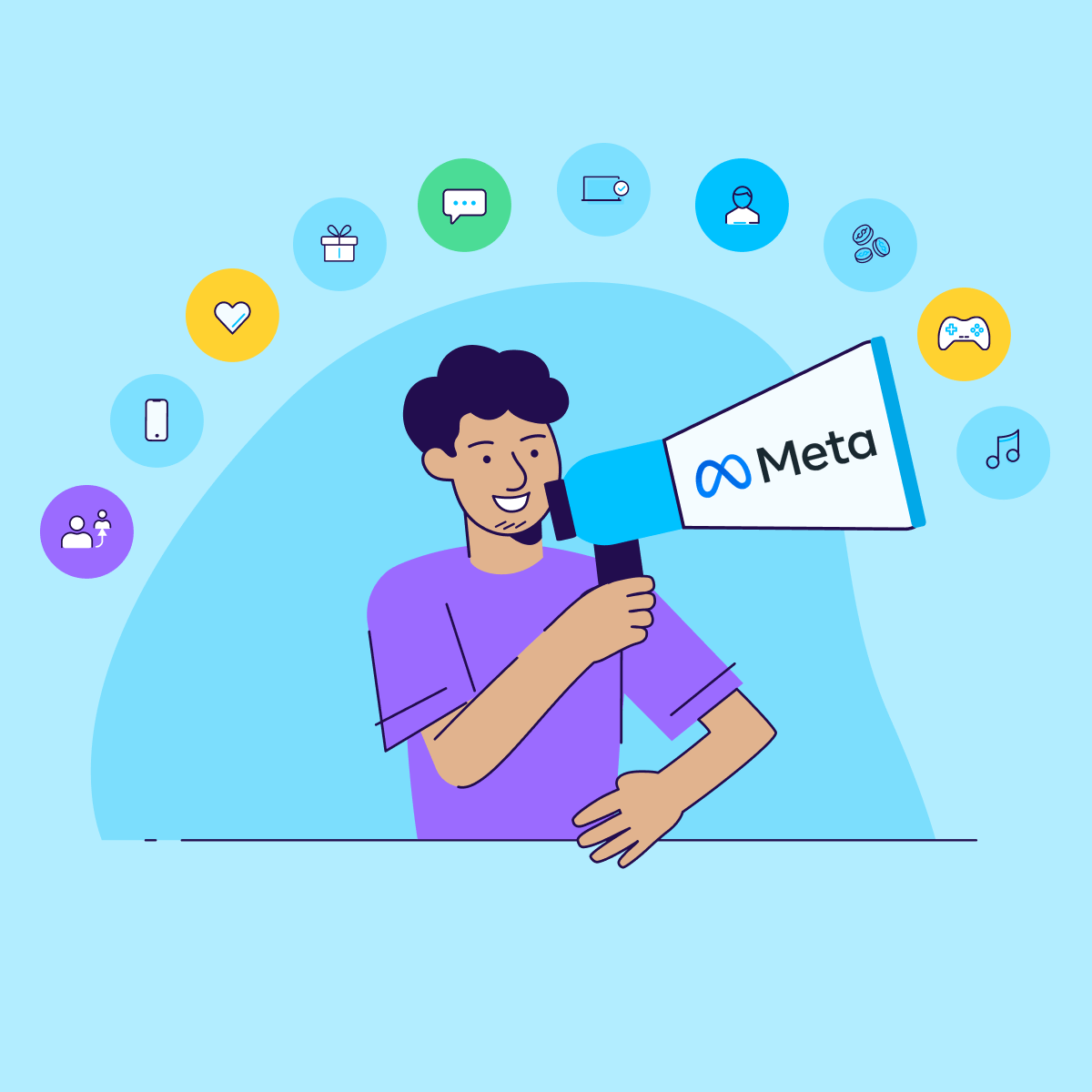
Do you know how many apps that have a marketing budget run app campaigns on Meta? The answer is a lot, and more.
As a dominant force in app marketing, it’s important to understand that Meta has been significantly impacted by Apple’s App Tracking Transparency (ATT) framework, which has transformed how the social network receives and processes conversion events from tools like the Facebook Pixel or SDK.
App Tracking Transparency, or ATT for short, is Apple’s opt-in privacy framework that requires all iOS apps to ask users for permission to share their data. This is done in the form of a popup where users can either consent or deny tracking.
Meta said Apple iOS privacy changes resulted in a $10 billion revenue hit in 2021 alone. But amidst these changes and obvious business damage, our latest Performance Index from H2 2021, found that the social network is now the leader in the SKAN Index, which ranks top-performing media sources running on Apple’s privacy-centric SKAdNetwork.
After a slow start on that front, it’s clear that Meta’s internal modeling for SKAN has made great strides. From a measurement perspective, privacy changes have also created some key changes that we need to address.
In this article, we’ll cover what the implications of these changes are for Meta’s advertising platform in particular, and how you can better measure app campaigns on Meta in 2022.
What are your measurement options with Meta?

Before we talk about the impact of privacy, let’s walk through the two primary ways to measure your ad campaigns on Meta.
- Measure the entire user journey by adding the SDK of one of Meta’s official Mobile Measurement Partners (MMP). MMPs help advertisers more accurately measure ROI and make better, informed advertising decisions.
- Integrate Meta’s SDK and use Meta’s native reporting offerings, such as Ads Manager.
Note that deferred deep-linking is no longer available for iOS 14+ mobile app install campaigns. And if you’re working with multiple ad network partners, it’s best to work with an MMP that supports SKAN interoperability with Meta ads (like AppsFlyer).
Doing so will give advertisers access to SKAN performance metrics, enriched with additional key metrics that provide in-depth campaign insights to improve performance.
Advertisers are free and welcome to use Meta’s measurement solutions in parallel to MMPs. The Meta SDK does not conflict with using an MMP’s SDK, and it actually enables other useful functionality such as Facebook Login.
With all this said, keep in mind that there are inherent reporting discrepancies between MMP and Meta interfaces. This is a feature of attribution and is expected.
For instance, if you run ads across several ad networks, native Meta reporting will show the total volume of conversions with a Meta Ad click/view regardless of any ads from another network on the same path to conversion, while an MMP will be able to assign credit to other networks where justified (this is called MTA or multi-touch attribution), resulting in an inherent discrepancy with Meta Ads Manager reporting.
Products like Conversion Studio (for SKAdNetwork) also complement Meta’s suite of advertising solutions by facilitating the configuration and iteration of conversion value mapping, ultimately enabling better optimization for Meta ads.
The impact of iOS and Android privacy updates on Meta’s measurement options in 2022
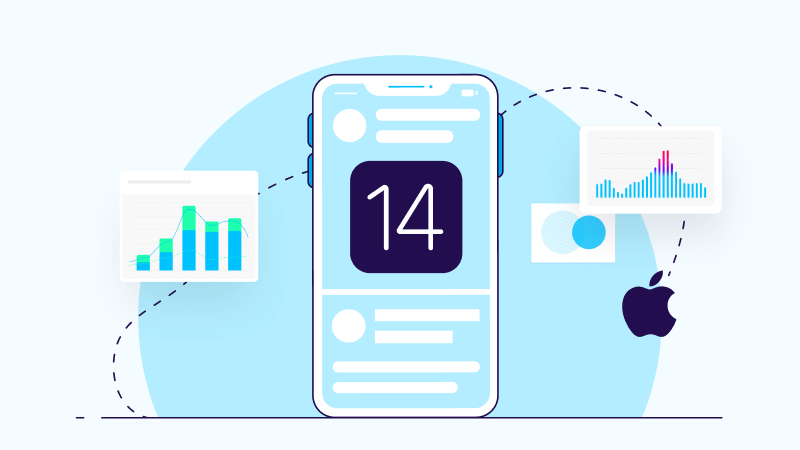
According to the ATT framework, iPhone users with iOS 14.5+ require an opt-in prompt in order for advertisers to access IDFA. As a result, Meta calculates pixel conversion events and app events from devices with iOS 14.5+ using a new aggregated event measurement method (AEM). See Meta’s original communication for reference here.
What is Meta’s Aggregated Event Measurement Method (AEM)
According to Meta, the aggregated event measurement protocol is comparable to Apple’s Private Click Measurement but claims to be more functional for advertisers.
Aggregated Event Measurement allows for the measurement of web and app events from people using iOS 14.5 or later devices. Essentially, advertisers are given up to 8 conversion events that can be configured and prioritized per domain.
These eight events can be standard events, custom events, or custom conversions from one or several connection methods, such as:
- Standard Meta Pixels
- The Facebook Conversions API
- The Facebook SDK
We generally recommend picking standard events that are most valuable to your business, such as a ‘purchase’ event for revenue in the case of most Ecommerce advertisers.
Note that such events need to have been received by Meta for the past 90 days in order to become eligible, but MMPs can ensure such events are communicated to Meta via in-app event mapping.
Why measure Meta with an MMP?
Meta’s reporting solutions are limited by design to only displaying conversions driven by Meta ad solutions, while users may have touchpoints from ads on other platforms that could also justify credit.
An MMP deduplicates conversions from ads on multiple networks, including outside of Meta, in order to give a more comprehensive view on your funnel following a multi-touch attribution approach. It also provides a holistic view of all media without relying solely on Meta’s self-reporting solutions. As a result, an MMP provides unbiased attribution and serves as a single source of truth.
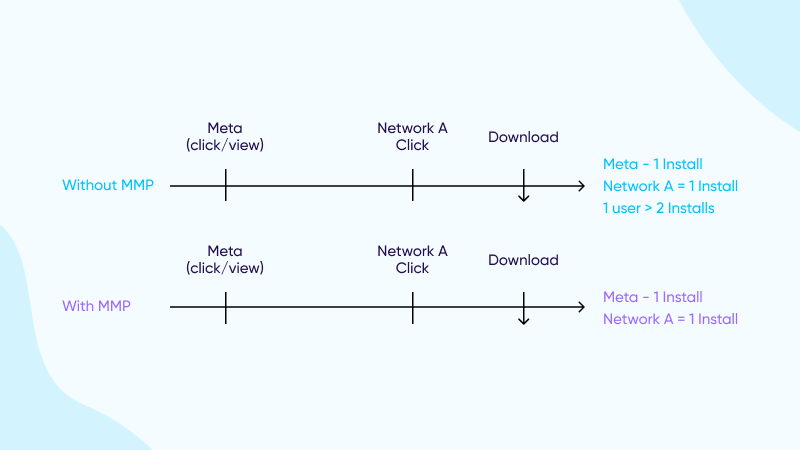
Even if you are only running campaigns on Facebook, there is additional value in MMP products, including conversion value management for SKAN, predictive analytics, and user engagement. With connections to thousands of integrated media partners, MMPs can show the true value of each campaign.
In turn, they help control and optimize conversion values across partners when utilizing SKAdNetwork on iOS.
Recently, Meta also restricted access to user-level data from consented users by advertisers and 3rd parties. However, MMPs bound by strict data retention agreements and with privacy-forward controls in place can still access this data, enabling deterministic attribution without exposing any of the underlying data.
How to pick the right MMP for you
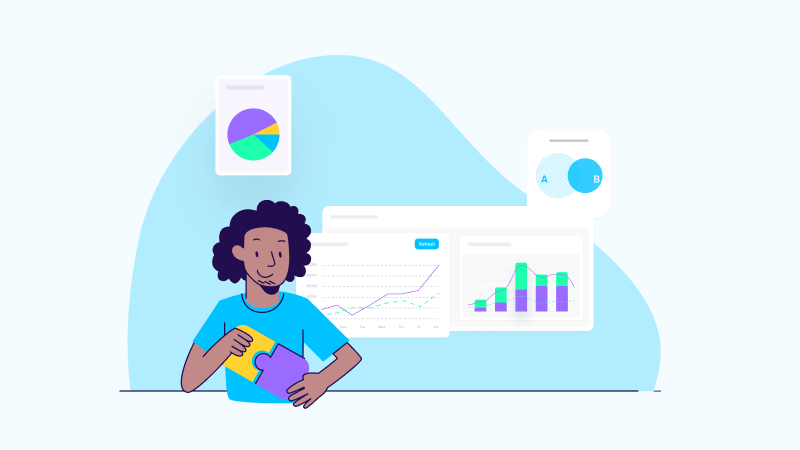
There are three key factors you need to look for in an MMP in order to be successful when advertising on Meta.
First is SDK interoperability. Start by asking the question: is the MMP integrated with Meta and does it work hand in hand with Meta teams and systems? Ensure that your MMP has a flip-of-a-switch integration with event mapping capabilities so that set up is quick, reliable, and easy to implement.
The second feature to highlight is its privacy capabilities. An MMP needs to ensure that your integration is future-proof and has proactive privacy measures in place.
Lastly, an effective MMP provides greater functionality beyond attribution such as cost analysis, audience segmentation, deep linking, fraud detection, and predictive analytics. It is also essential to ensure your MMP is truly unbiased and not tied to any specific ad network’s business interests.
How do I migrate my attribution business to an MMP?
As mentioned above, MMPs that are already integrated with Meta are easy to set up. There are three key steps to the process:
- Developers implement SDK in app code.
- Advertisers map events to MMP events and then standard events in Ads Manager.
- Event data is recorded and sent to the MMP/Meta platform for attribution and optimization. Once set up, you can map events and get attribution data right away for all active campaigns.
How do I migrate from an MMP to another MMP?
Migrating from one MMP to another is straightforward, and is mostly a case of ensuring any incumbent SDK does not conflict with the new provider’s SDK.
This includes disabling features such as app event forwarding to Meta, or ensuring that the previous MMP does not keep collecting data. This prevents duplicative data and charging customers for app conversions as the new one gets deployed.
Top MMPs also generally offer self-service and dedicated Customer Success resources to help achieve such migrations without pain.
The bottom line
While recent privacy-driven changes have affected Meta’s advertising, leveraging an MMP is more critical than ever to make sense of the new normal on iOS and beyond, helping marketers by providing a single source of truth to more accurately attribute and measure their Meta advertising campaigns.
It’s important to keep in mind that not every MMP is created equal, so ensure your MMP has the functionality and interoperability you need to garner the full and true value of your ad spend.


